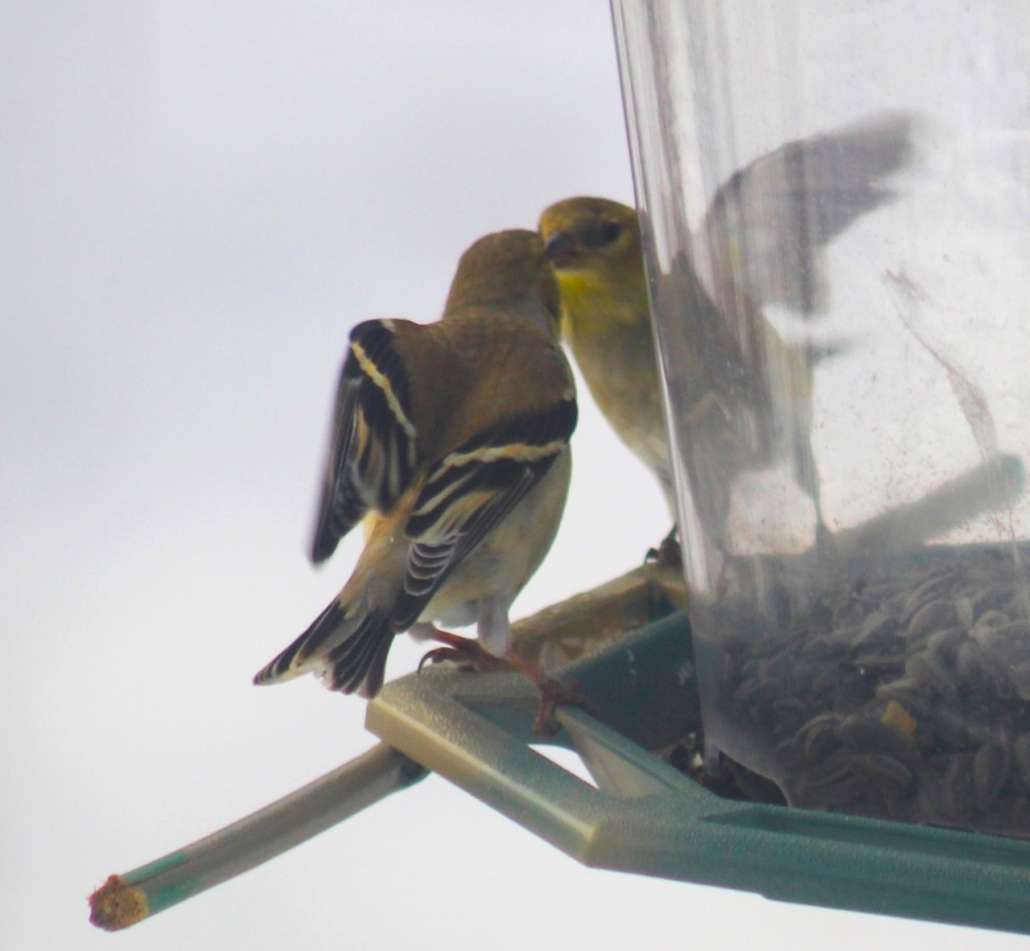REVIEW POTPOURRI: James Garfield
 by Peter Cates
by Peter Cates
James Garfield
Former 20th President James Abram Garfield (1831-1880) was the last of the Ohio Republican Triumvirate to serve in the White House, following his predecessors Grant and Hayes.
Garfield grew up in poverty on a farm and was the youngest of five children, three of whom died before he was born (One brother James Ballou Garfield died at the age of three in 1829.); only one sister, Mary (1824 – 1884) lived to adulthood, surviving her youngest brother by four years.
Garfield’s father Abram (1799-1833) was born in Worcester, New York, while his mother, the former Eliza Ballou (1801 – 1888) had spent her childhood in Richmond, New Hampshire, and outlived both of her surviving adult children.
To avoid starvation, Garfield and his sister helped their mother on the farm with all of the heavy work and he did not begin his formal education until the age of 18. Being a quick learner, he breezed through college and, at the age of 25 and already an accomplished teacher, became president of his alma mater, Hiram College.
Garfield was also an Orthodox Christian and became a highly accomplished preacher and orator. Listeners felt, as one wrote later, “as if they had been transplanted away from earth to some tranquil, beautiful region of heaven.”
His talent as a speaker served him well when he ran successfully for the Ohio Senate in 1859 and later for the U.S. House of Representatives.
Like his two Ohio predecessors, Garfield served with distinction as an officer during the Civil War.
Ironically, for reasons too detailed to go into, he was elected to the U.S. Senate while still Representative but never served there because, about the same time, he became the Republican candidate for the White House and won by a narrow margin over his Democrat opponent General Winfield Scott Hancock (1824 – 1886).
Garfield’s major accomplishment as president may have been pushing the investigation into fraudulent expenditures in the U.S. Post Office which involved a number of high-ranking fellow Republicans, resulting in indictments and prosecution.
Unfortunately, his presidency was short-lived.
On July 2nd, 1881, the president was at the D.C. train station heading to New England with his two sons when the psychotic Charles J. Guiteau (1841 – 1882) fired two bullets into Garfield, who very strangely was traveling without any bodyguards, as Lincoln’s assassination had been considered a fluke and his successors saw little need for protection.
After two months of being unsanitarily poked and probed, President Garfield died on September 19, and was succeeded by Vice-President Chester Alan Arthur (1830 – 1886).
Garfield married Lucretia Rudolph (1832 – 1918) who was a calm and supportive wife and shared with her husband a love of books. Like former First Lady Lucy Hayes, Lucretia was also a college graduate. They had seven children, among whom two died by the age of three while the others lived to ripe old age.

















 You can avoid bad breath during holiday gatherings.
You can avoid bad breath during holiday gatherings.